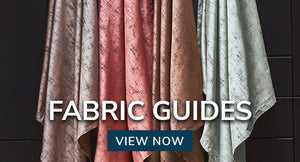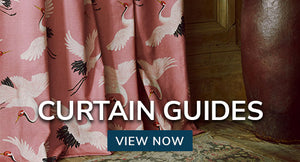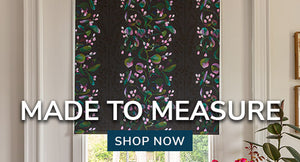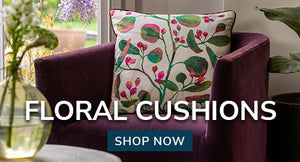Damask
Damasks were one of the five basic weaving techniques of the Byzantine and Islamic weavers of the early Middle Ages and derive their name from their origins lying in the city of Damascus, Syria. Once restricted to formal rooms, today it has come into much more general use than ever before in its long history.
The damask weave is a fabric on which the pattern is brought out by the lines of its weave running in a different direction from that of the ground. Damask linen tablecloths illustrate this beautifully. Although modern damask incorporates with the traditional silk, other materials such as cotton, linen, wool and artificial silk, in order to produce new effects, the fabric is made in essentially exactly the same manner as in the 12th century- a fitting testament to its quality and popularity.
Most of the designs used in damasks today are copies of those woven centuries ago in Italy, Spain and France. This varied background allows the damask-covered chair, couch or curtain to fit perfectly with today’s favouring of Spanish, Italian, French or Georgian interiors and furniture. Though damask weaving was not an English art, the English decorators of the 18th century used large quantities of Italian damasks, both for furniture coverings and as hangings for walls.
In France, the period of Louis XVI – a period of dignified luxury – developed many beautiful symmetrical designs, often with stripe effects combined with flowers and leaves. Most of the Italian weaves now reproduced hark back to Renaissance motifs, which generally contain fruits, elements of nature and wreaths etc. The most common tones of colour that are found in Italian fabrics include – violet and crimson and gold.
While the best designs of damasks are copied or adapted from precious bits preserved in museums, there are also lots of modern varieties on the market today which wouldn’t look out of place in more contemporary surroundings or even as contrast features in a minimal setting.
Some of most popular designs include oriental themes in brilliant reds and yellows. They often feature typically Japanese scenes and symbolism (e.g. straight trunks of the bamboo shown against misty mountains and violet clouds). Other modern patterns include stylised flower forms and striped varieties which are just as visually arresting as anything from that of the Renaissance or Louis XVI periods.
Damasks can be found in the form of most curtain types (I.e. tab top curtains, eyelet curtains etc) and can also be made up straight from raw fabric to match your specifications. Without a doubt they make the most elegant looking curtains anywhere on the market today and their age coupled with their ability to adapt throughout the ages mean they can be easily matched to virtually any style of interior and provide either a muted backdrop or a statement window piece when used as curtains or as eye catching, room defining furniture when used as a fabric cover for sofas, chaise lounges, cushions and headboards. Finding ways to include Damask


























































